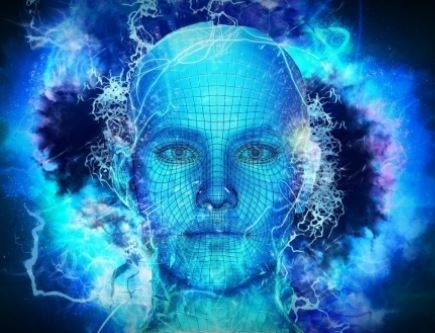By combining artificial intelligence (AI) and big data, organizations can see and predict upcoming trends in key sectors including business, technology, finance and healthcare.
Copyright: bbntimes.com – “How Big Data and Artificial Intelligence Can Create New Possibilities”
 AI is the simulation of human intelligence by computers. By applying machine learning algorithms, we can make ‘intelligent’ machines, which can employ cognitive reasoning to make decisions based on the data fed to them. Big Data, on the other hand, is a blanket term for computational strategies and techniques applied to large datasets to mine information from them. BD technology includes capturing and storing the data, and then analyzing it to make strategic decisions and improve business outcomes. Most companies deploy bigdata and AI in silos to structure their existing data sets and to develop machines which can think for themselves. But, in reality, it is the raw material for AI. So, when bigdata meets AI, they have the potential to transform both, the way data is structured and the way machines learn.
AI is the simulation of human intelligence by computers. By applying machine learning algorithms, we can make ‘intelligent’ machines, which can employ cognitive reasoning to make decisions based on the data fed to them. Big Data, on the other hand, is a blanket term for computational strategies and techniques applied to large datasets to mine information from them. BD technology includes capturing and storing the data, and then analyzing it to make strategic decisions and improve business outcomes. Most companies deploy bigdata and AI in silos to structure their existing data sets and to develop machines which can think for themselves. But, in reality, it is the raw material for AI. So, when bigdata meets AI, they have the potential to transform both, the way data is structured and the way machines learn.
What is Artificial Intelligence and its Subsets?
Artificial intelligence (AI) leverages computers and machines to mimic the problem-solving and decision-making capabilities of the human mind.

It is a constellation of many different technologies working together to enable machines to sense, comprehend, act, and learn with human-like levels of intelligence.
Here are the subsets of artificial intelligence:
Thank you for reading this post, don't forget to subscribe to our AI NAVIGATOR!
- Machine Learning.
- Deep Learning.
- Natural Language processing.
- Expert System.
- Robotics.
- Machine Vision.
- Speech Recognition
What is Big Data and Its 3Vs?
It is data that contains greater variety, arriving in increasing volumes and with more velocity.
Although the concept itself is relatively new, the origins of large datasets go back to the 1960s and ‘70s when the world of data was just getting started with the first datacenters and the development of the relational database. […]
Read more: www.bbntimes.com


By combining artificial intelligence (AI) and big data, organizations can see and predict upcoming trends in key sectors including business, technology, finance and healthcare.
Copyright: bbntimes.com – “How Big Data and Artificial Intelligence Can Create New Possibilities”
What is Artificial Intelligence and its Subsets?
Artificial intelligence (AI) leverages computers and machines to mimic the problem-solving and decision-making capabilities of the human mind.
It is a constellation of many different technologies working together to enable machines to sense, comprehend, act, and learn with human-like levels of intelligence.
Here are the subsets of artificial intelligence:
Thank you for reading this post, don't forget to subscribe to our AI NAVIGATOR!
What is Big Data and Its 3Vs?
It is data that contains greater variety, arriving in increasing volumes and with more velocity.
Although the concept itself is relatively new, the origins of large datasets go back to the 1960s and ‘70s when the world of data was just getting started with the first datacenters and the development of the relational database. […]
Read more: www.bbntimes.com
Share this: